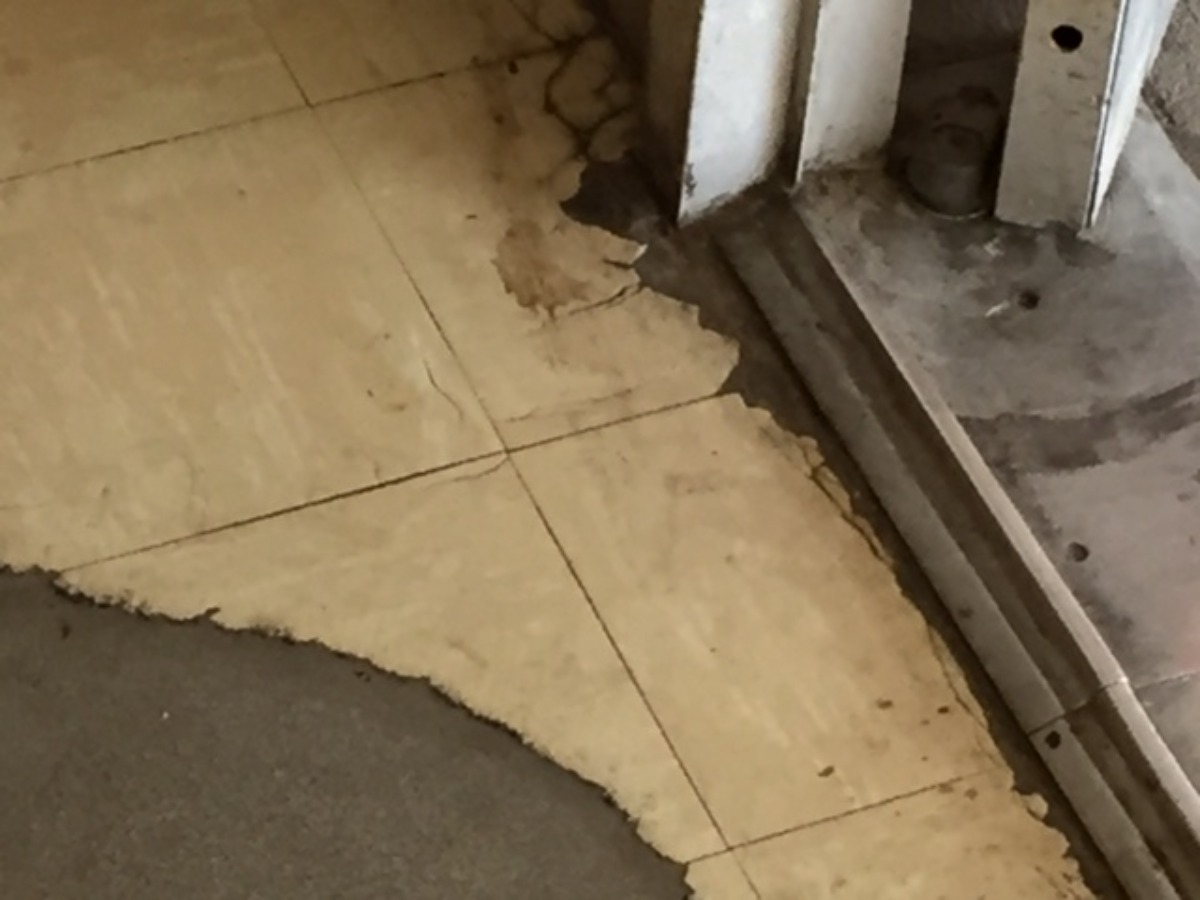
- May 15, 2023
- Effective Building
- 0
A bad odor in the house can be a sign of many things, but one of the most common causes is a subfloor that lacks proper ventilation. When a subfloor lacks ventilation, moisture can build up and lead to mold and mildew growth, which can cause a musty, unpleasant smell. This odor can be difficult to remove and even cause health problems if left untreated.
In this blog, we will explore the causes of bad odor in the house due to the subfloor lacking of ventilation, the dangers of mold and mildew growth, and what can be done to prevent and eliminate this issue.
Causes of Bad Odor in the House Due to the Subfloor’s Lacking of Ventilation
The subfloor is the layer of flooring that sits directly on the joists and acts as a base for the finished floor. It is typically made of plywood or oriented strand board (OSB) and is covered by a carpet, hardwood, or tile layer. If the subfloor is not properly ventilated, moisture can build up and cause problems.
There are a few common causes of subfloor moisture buildup, including:
High Humidity Levels
Humidity levels can be high for many reasons, such as poor ventilation, water leaks, or even daily activities like showering and cooking.
Plumbing Leaks
Leaking pipes or fixtures can cause water to pool on the subfloor, leading to moisture buildup and mold growth.
Flooding
If your home experiences a flood, water can seep into the subfloor and cause significant damage.
Poor drainage
If the ground around your home does not drain properly, water can collect and seep into the subfloor.
Dangers of Mold and Mildew Growth
Mold and mildew are types of fungi that thrive in moist environments. If left unchecked, they can cause significant damage to your home and health. Some of the dangers of mold and mildew growth include:
Health Problems
Exposure to mold and mildew can cause various health problems, including respiratory issues, headaches, and allergic reactions.
Structural Damage
Mold and mildew can weaken the structural integrity of your home, causing floors, walls, and ceilings to sag or warp.
Decreased Home Value
A home with mold and mildew damage is less appealing to potential buyers, which can decrease its value.
Prevention and Elimination of Subfloor Odor
The key to preventing and eliminating subfloor odor is proper ventilation. Here are some steps you can take to ensure your subfloor is properly ventilated:
Install Vents
If your home does not have vents installed in the subfloor, it may be necessary to add them. Vents allow air to circulate and prevent moisture buildup.
Install a Vapor Barrier
A vapor barrier is a material layer installed between the subfloor and the finished floor. It prevents moisture from seeping into the subfloor and causing problems.
Use a Dehumidifier
If you live in an area with high humidity levels, a dehumidifier can help reduce moisture levels in your home and prevent mold and mildew growth.
Fix Leaks Promptly
If you notice a leak, addressing it as soon as possible is important. This will prevent water from pooling on the subfloor and causing moisture buildup.
Clean Regularly
Regular cleaning can help prevent mold and mildew growth. Be sure to vacuum and mop your floors regularly and promptly address any spills or messes.
Conclusion
If you are experiencing foul odor in your home due to a subfloor lacking in ventilation, it is important to take action as soon as possible to prevent further damage and potential health risks. One of the best ways to address this issue is by contacting Effective Building and Consultancy for a building inspection.
Effective Building and Consultancy can comprehensively assess your home’s subfloor and identify any issues causing the bad odor. We can also recommend ventilation improvements, repairs, and other solutions to help eliminate the odor and prevent future problems.
What are you waiting for? Contact us today at 02 9613 3353 or email us at service@effectivebuilding.com.au to eliminate the odor and maintain a healthy and safe living environment for you and your family.
A property inspection is an excellent step in purchasing a new property during a transaction. Most buyers don’t know what Read more
Rezoning is rezoning a parcel of property from one kind to another, such as industrial to residential. Land zones govern Read more
According to Murphy's Law, whatever may go wrong, will go wrong. Even with a well-thought-out building plan, anything can and Read more





